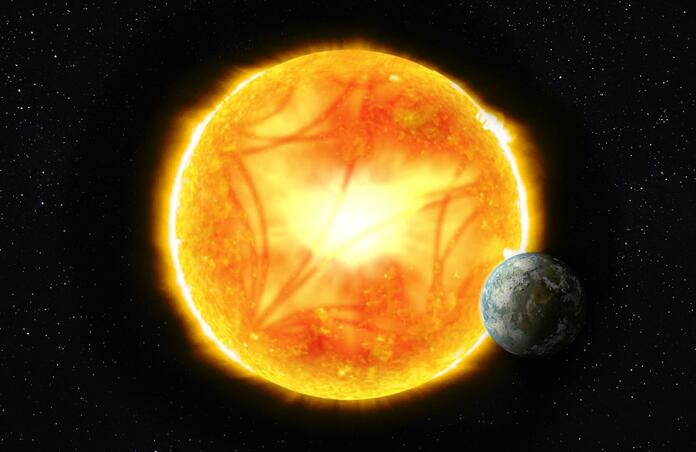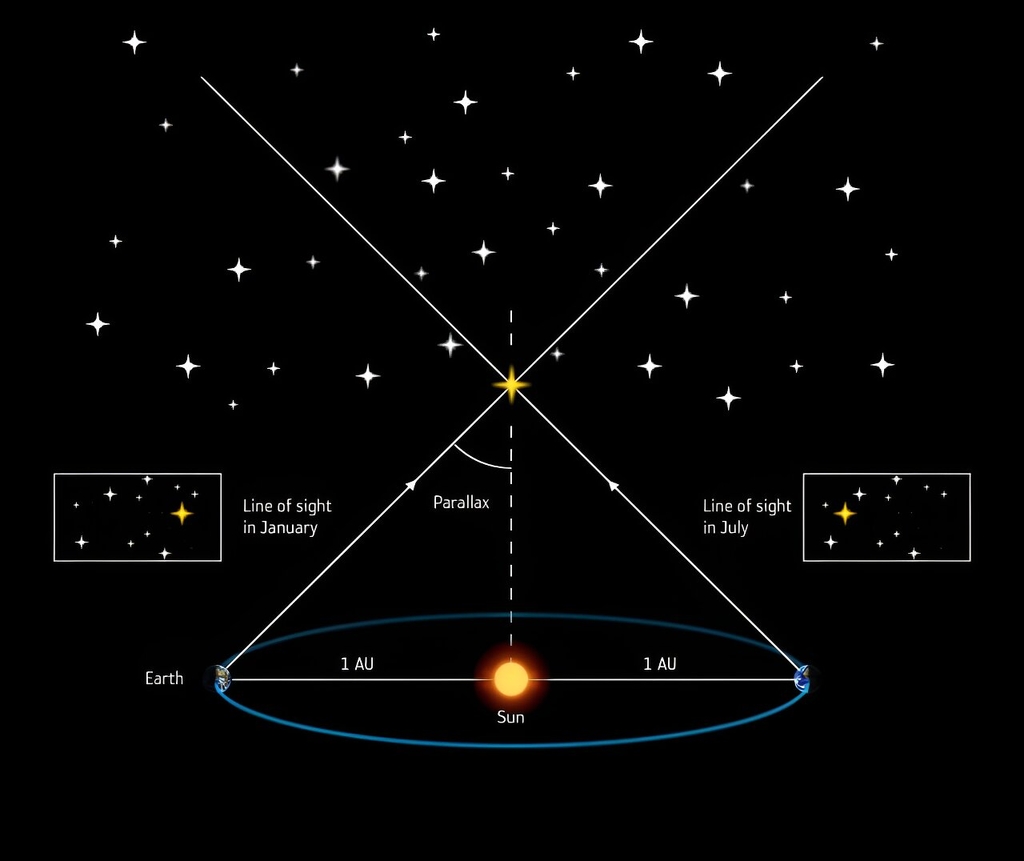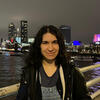Team determines most accurate distances to stars yet using asteroseismology

A team of astronomers have measured precise distances to stars from Earth using asteroseismology. The study which has been published in the journal Astronomy and Astrophysics involved thousands of stars, comparing these measurements to those taken by the Gaia mission.
Measurements of the exact distances to various cosmic objects is essential, since the night sky is covered in bright splotches which could be stars, planets or galaxies. However, this also proves to be one of the biggest challenges. This became the goal for the European Space Agency with the launch of the Gaia mission a decade ago. The satellite took various astronomic measurements for almost two billion stars, building a 3D map of the milky way.
The standard candles and distances research group led by Prof. Richard Anderson at Ecole Polytechnique Federale de Lausanne have taken on the challenge of measuring the universes current expansion. Gaia is extremely useful for this, due to the vast number of stars which have parallax measurements. "Gaia increased by a factor of 10,000 the number of stars whose parallaxes are measured thanks to a massive gain in accuracy over its predecessor, the ESA Hipparcos mission”, Anderson explains.

Scientists use the method of parallax to determine a star’s distance from us. This is the apparent change in an objects position when observed from two different locations. Concerning Gaia, the angle of parallax is measured through a form of triangulation between the satellite’s location, the sun and the star of interest. However, the angle becomes smaller and smaller the further away a star is, making it more challenging to measure the parallax.

Although Gaia has been extremely successful, there are still small systematic effects that need to be corrected for to determine the best parallax measurements. The team at EPFL as well as the University of Bologna are doing exactly that, which involves the biggest sample size yet comprising 12,000 oscillating red giants thus giving the most accurate measurements of distance to date. "We measured the Gaia biases by comparing the parallaxes reported by the satellite with parallaxes of the same stars that we determined using asteroseismology," says Saniya Khan, a scientist in Anderson's research group and the lead author of the study.
Asteroseismology is a technique used by astronomers to better understand stellar physical properties, similar to how the Earths’ structure can be studied by using earthquakes. Vibrations and oscillations from a star can be measured as variations in light intensity and translated into sound waves which provide a frequency spectrum for the oscillations. "The frequency spectrum lets us determine how far away a star is, enabling us to obtain asteroseismic parallaxes," says Khan. "In our study, we listened to the 'music' of a vast number of stars—some of them 15,000 light-years away.”
To work out the distance from these parallaxes, the team used the simple fact that the speed at which the sound waves propagate across space depend on the temperature and density of the stellar interior. "By analyzing the frequency spectrum of stellar oscillations, we can estimate the size of a star, much like you can identify the size of a musical instrument by the kind of sound it makes—think of the difference in pitch between a violin and a cello," says Andrea Miglio, a full professor at the University of Bologna's Department of Physics and Astronomy.
Once the stars size has been calculated, the luminosity can be determined and consequently compared to that measured on Earth. Together with the temperature and chemical composition readings from spectroscopy, the data was ran through analyses to determine the distance to the star.
The final step was comparing asteroseismic parallaxes to the Gaia ones in order to check the accuracy. "Asteroseismology is the only way we can check Gaia's parallax accuracy across the full sky—that is, for both low- and high-intensity stars," says Anderson.
"Upcoming space missions like TESS and PLATO intended to detect and survey exoplanets will employ asteroseismology and deliver the required datasets across increasingly large regions of the sky. Methods similar to ours will therefore play a crucial role in improving Gaia's parallax measurements, which will help us pinpoint our place in the universe and benefit a plethora of subfields of astronomy and astrophysics." Explains Khan.
--
Cover image: ESA
Journal source: S. Khan et al, Investigating Gaia EDR3 parallax systematics using asteroseismology of Cool Giant Stars observed by Kepler, K2, and TESS, Astronomy & Astrophysics (2023). DOI: 10.1051/0004-6361/202346196

